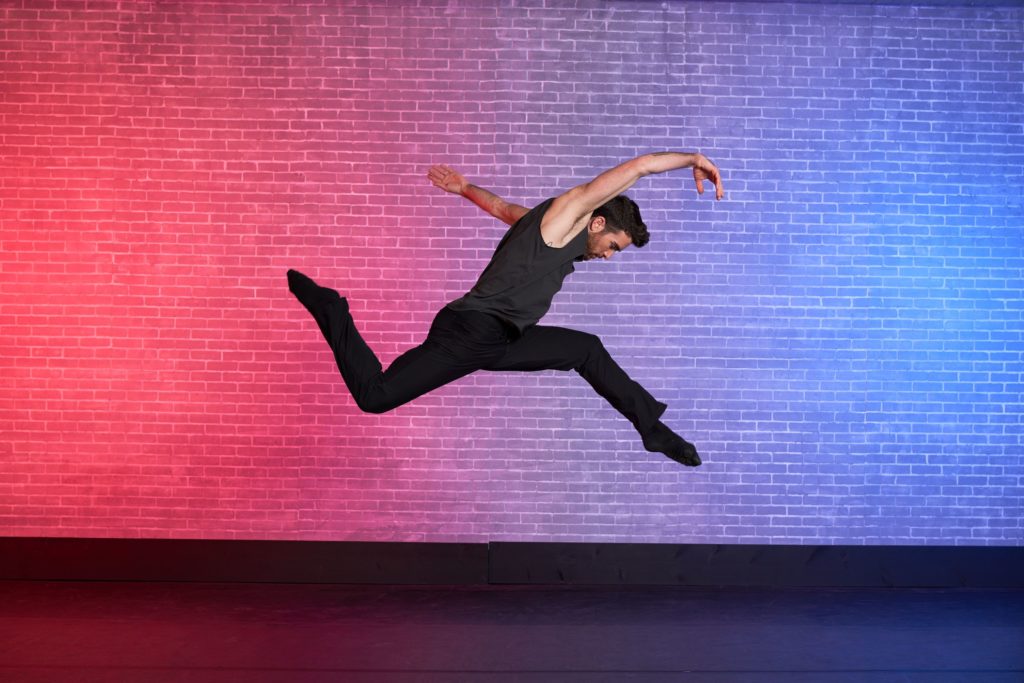When discussing contemporary dance people tend to cast a wide net, or focus on a very specific subculture, era, or dancer. This isn’t necessarily a drawback and probably has more to do with the vastness of the genre, which is always growing and contains within itself aspects of ballet, jazz, modern, international, and lyrical theatrical dance styles. Here’s a short glossary of common terms that should apply generally and will help curate your understanding of the wide world of contemporary dance.
Alignment


This refers to how your limbs, torso, and head are placed in relation to each other. It’s like posture, but for poses and movement. Correct alignment not only helps the dancer complete the movements with the correct visual style, but helps prevent injury.
Dynamics
This is how a dancer utilizes aspects of motion like flow, space, time, texture, and weight to create movement. Try to visualize each of those aspects next to a control knob which allows various gradients of effort and you will quickly realize that–like music– there is an incredible
amount of combinations and variation in the dynamics of dance.
Breath


In the strictest sense breathing relates to your use of oxygen while dancing, but breath more specifically refers to the use of inhalation and exhalation as theatrical tools to add to a performance.
Canon
Dance often uses the same terminology as music, which is exactly the case with canon. Only instead of a repeating musical pattern built around one central movement, here you have a section of choreography where a specific type of movement is repeated either in time with or against sync with other dancers.
Choreography


This is the mapping of the steps and movements which make up the dance. Think of it like sheet music and arrangements in music or direction and script in film and theatre.
Gesture
Part of the theatricality of contemporary dance, a gesture is a movement that conveys feeling or direction without moving the weight of the body. For instance: A wave, smile, head nod, and jazz hands are all gestures. A grand jeté (forward leap borrowed from ballet) is not.
Flow


This is an aspect of movement. Consider water from a hose: Free flow is water pouring out, uninterrupted; it can be turned on or off at the source. Add a nozzle or sprinkler, it’s now a forced and regulated motion, it’s bound or constricted flow. Remove the valve from the spigot and you have continuous flow.
Intention
Intention is the reason for the dancer’s movement and the movement’s purpose in the larger choreography. Like ‘motivation’ for stage actors, intention is a very important part of the relationship between the performer and the audience.
Weight


Weight is understood in two ways in contemporary dance: A dancer has weight (obviously), but a dancer’s actions and movements also have weight. For instance, a lightweight action would appear almost effortless to the viewer, like a flick of the wrist. While a heavyweight motion requires the dancer to portray more exertion and effort.
Isolation
The ability of the dancer to isolate a movement from the rest of the action or to create an inaction with a specific body part while movement is present elsewhere. It is an important form of control.
Space


This refers to the area that the dancer inhabits and commands. Additionally, space is a quality, a dancer can portray through their movements uneven space, expanding or contracting space, space which is troubled by external forces or space that protects the dancer from external forces.
Motif
Another word that comes from the language of music, a motif is a central movement or collection of movements around which a larger piece is based on. Think of it like a visual theme.
Textures


Textures refer to the feeling of a movement for the dancer as well as the feel that the dancer is portraying. Textures often work closely with the music to capture the spirit of the score.
Time
This can mean the same thing that it does in music, the tempo or speed of a piece. However, in dance time can also refer to an aspect of movement, whether it’s sustained or quick and cut off. Think of the pedals on the piano and their relationship to notes in musical phrases.
Move with Teddy Forance, Mackenzie Dustman, Kathryn McCormick, and more only at CLI Studios!

